A safari is an expedition to look at wild animals and bird at a single place. Experience the thrill of the wild with our Wildlife Safaris in India.
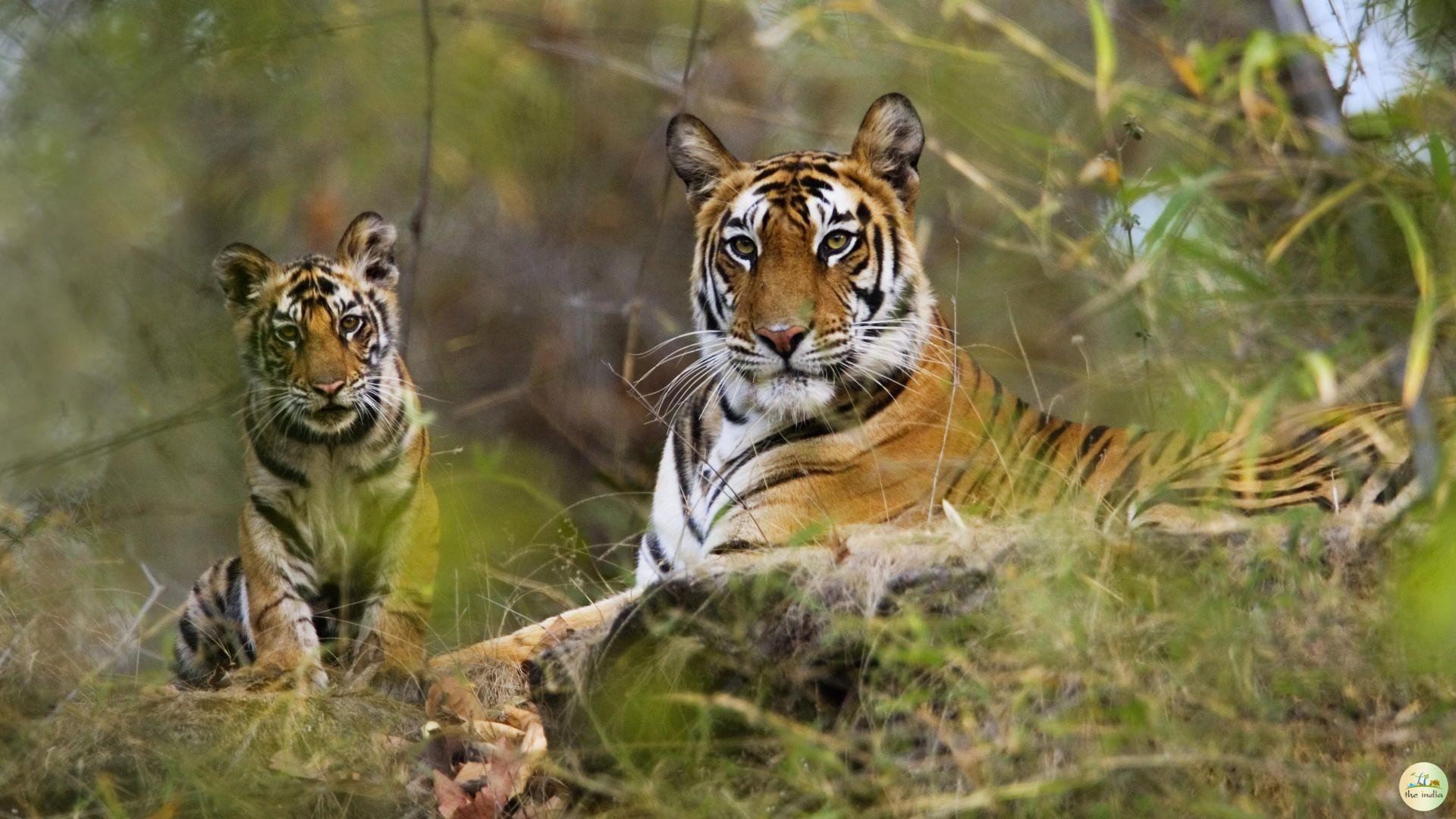

0(No Review)
6D/5N
Luxury Leh Ladakh Tour Package with Khardung Karzok (5 Nights-6 Days)
![]() Delhi, India
Delhi, India
₹ 30,000
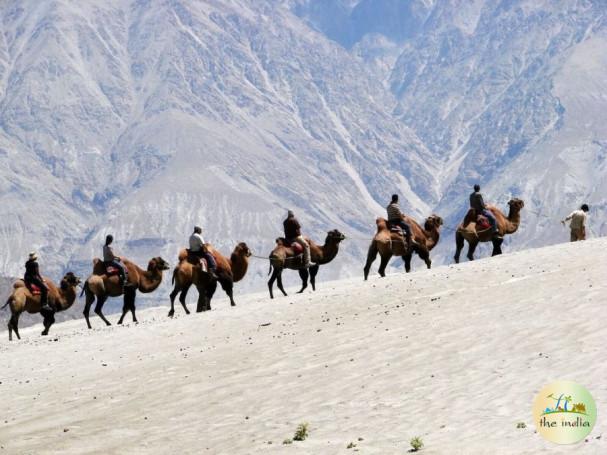
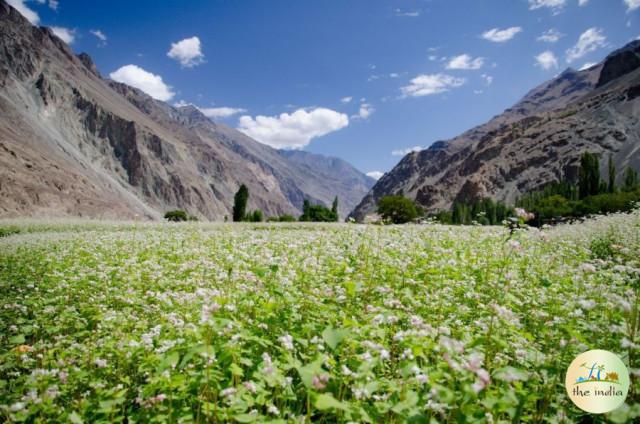

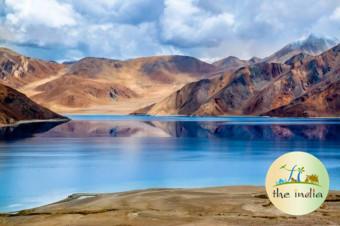
0(No Review)
7D/6N
Thrilling Leh, Ladakh and Pangong Lake Tour Package (6 Nights-7 Days)
![]() Ladakh, India
Ladakh, India
₹ 40,000


0(No Review)
9D/8N
Exciting Gujarat Tour Packages from Ahmedabad (8 Nights-9 Days)
![]() Gujarat, India
Gujarat, India
₹ 35,000
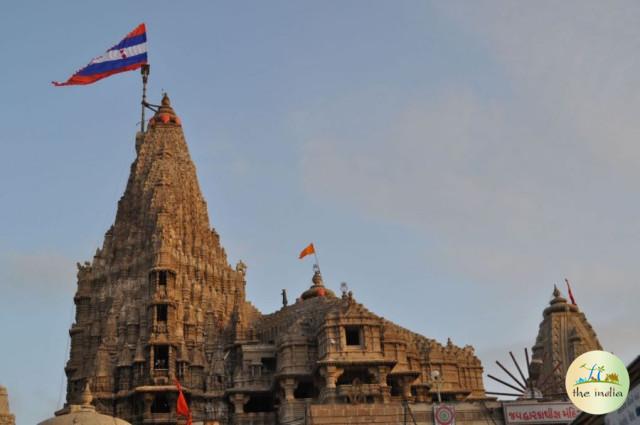
India, a mosaic of diverse ecosystems, invites wildlife enthusiasts on an enthralling journey through its national parks and reserves, offering a kaleidoscope of fauna and flora experiences across every state.
In the heart of North India, Ranthambore National Park in Rajasthan stands as an iconic destination for tiger sightings during exhilarating jeep safaris. Heading east, Kaziranga National Park in Assam unfolds the enchanting world of the one-horned rhinoceros through elephant safaris, creating a majestic spectacle in the grasslands.
Venturing south to Karnataka, Bandipur National Park provides a royal experience with its regal elephant safaris, allowing visitors to traverse ancient jungles in the company of these gentle giants. Further south, Periyar National Park in Kerala offers boat safaris on the serene lake, providing a unique perspective to witness wildlife thriving along the water's edge.
The central state of Madhya Pradesh boasts a rich array of wildlife safaris. From the iconic Bandhavgarh, known for its tiger population and elephant safaris, to Kanha National Park with its diverse ecosystems explored through jeep safaris, every safari promises a glimpse into India's untamed wilderness.
Heading west, the Gir Forest National Park in Gujarat, the last abode of the Asiatic lion, offers thrilling jeep safaris where the king of the jungle takes center stage. In Maharashtra's Tadoba Andhari Tiger Reserve, jeep safaris reveal the secrets of the forest, with encounters with majestic big cats.
The Western Ghats, a UNESCO World Heritage site, hosts diverse sanctuaries. Bhadra Wildlife Sanctuary in Karnataka and Mudumalai National Park in Tamil Nadu beckon with jeep safaris, revealing the lush landscapes and rare species that call these regions home.
Exploring the coastal beauty of Chilika Lake in Odisha, boat safaris promise an avian spectacle, with migratory birds painting the sky. In the northeastern state of Arunachal Pradesh, the Namdapha National Park introduces visitors to the lesser-explored world of the Eastern Himalayas, offering both jeep safaris and walking safaris.
From the Himalayan landscapes of Uttarakhand's Jim Corbett National Park to the coastal wetlands of Sundarbans in West Bengal, India's wildlife safaris are a symphony of experiences, with each state contributing to the nation's rich biodiversity tapestry. Whether it's the grandeur of elephants, the stealth of tigers, or the myriad bird species, each safari promises an unforgettable journey into the heart of India's wilderness.
Wildlife safaris in India carry a profound responsibility – the conservation of its rich biodiversity. Beyond the thrill of spotting elusive species, responsible tourism plays a pivotal role in preserving habitats and protecting endangered animals. The revenue generated through safari tourism contributes to conservation efforts, supporting anti-poaching initiatives and habitat restoration projects. Responsible tourists become stewards of nature, ensuring that their presence minimizes impact and maximizes the sustainability of ecosystems. In the delicate dance between humans and wildlife, responsible tourism becomes a crucial partner, fostering harmony and ensuring that future generations can continue to marvel at India's diverse wildlife.
Choosing the right time for a wildlife safari is akin to reading nature's calendar. The best months vary across the country due to India's diverse climates. In the central and northern regions, like Ranthambore and Kanha, the winter months (October to March) provide optimal conditions with moderate temperatures. Southern sanctuaries, such as Periyar and Bandipur, showcase their best during the cooler months from November to February. The monsoon rejuvenates national parks in the Western Ghats (June to September), creating lush landscapes. Each season adds a unique charm, allowing wildlife enthusiasts to tailor their safari experience to their preferred climate and maximize wildlife sightings.
India's wildlife safaris offer a plethora of experiences, each unveiling a different facet of the wild. Jeep safaris, with their versatility, dominate landscapes like Jim Corbett and Kaziranga, providing access to diverse terrains. Elephant safaris, a regal mode of exploration, take enthusiasts deep into the heart of dense forests, offering a unique perspective in places like Bandhavgarh. Boat safaris, ideal for coastal and wetland ecosystems like Chilika Lake, open avenues for bird watching and water-based sightings. Walking safaris, permitted in certain reserves like Satpura, allow for an intimate connection with nature, immersing visitors in the sights and sounds of the wild. Bird watching tours, popular across sanctuaries like Bharatpur and Thattekad, cater to avian enthusiasts, unveiling a world where feathers take center stage.
Capturing wildlife moments is an art that requires patience, respect, and a keen understanding of the natural world.
Responsible wildlife tourism is the key to preserving the delicate balance between human activity and natural habitats. By treading lightly and respectfully, responsible wildlife tourism becomes a powerful force for conservation, ensuring that the magic of India's wildlife is preserved for generations to come. Here are some tips…